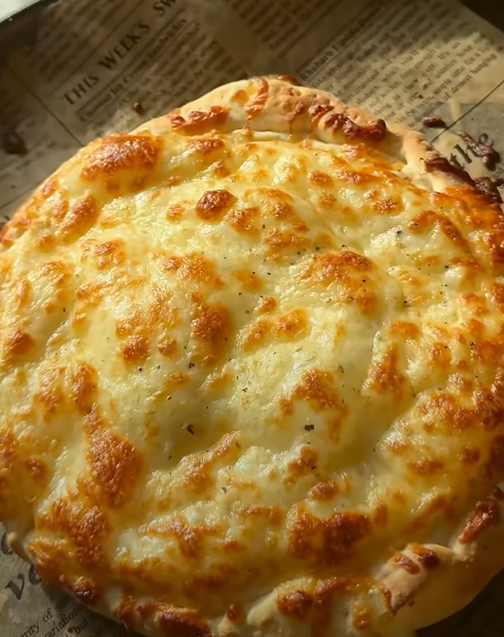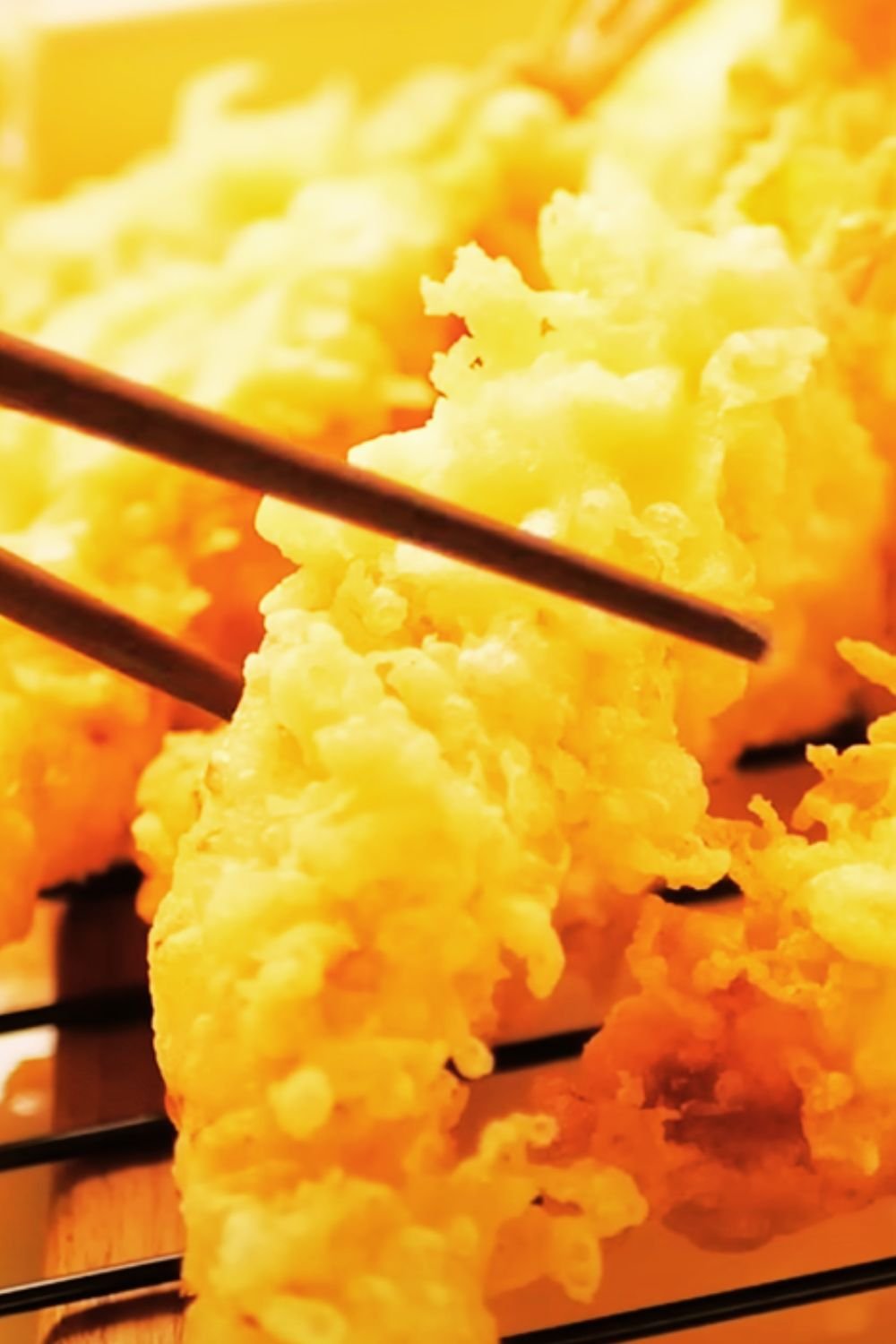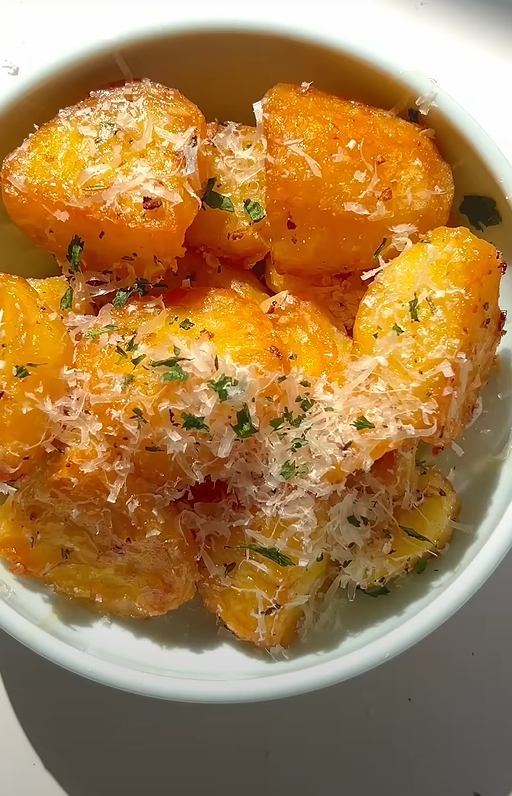I’ve been baking cookies for over fifteen years, and I can honestly say that Big Blue Monster Stuffed Cookies have become one of my absolute favorite creations. These aren’t your ordinary cookies – they’re thick, chewy, vibrant blue treats stuffed with delicious surprises that make every bite an adventure. Whether you’re planning a themed party, looking to surprise the kids, or simply want to add some fun to your baking repertoire, these cookies deliver both in taste and visual appeal.
The magic of these cookies lies not just in their striking blue color, but in the perfect balance of textures and flavors. My recipe creates cookies that are crispy on the outside, soft and chewy on the inside, with pockets of melted chocolate, marshmallows, or whatever filling your heart desires. I’ve spent countless hours perfecting this recipe, testing different ratios and techniques to ensure you get consistent, bakery-quality results every time.
Understanding the Blue Monster Cookie Concept
Blue Monster Cookies: Large, thick cookies characterized by their vibrant blue color and stuffed centers, typically featuring multiple mix-ins like chocolate chips, marshmallows, and sometimes candy pieces.
Cookie Stuffing Technique: The method of placing filling ingredients in the center of cookie dough portions before baking, creating surprise pockets of flavor within the cookie.
Food Coloring Types: Various forms of coloring agents used in baking, including liquid, gel, and powder forms, each affecting texture and color intensity differently.
The concept originated from the desire to create cookies that were both visually stunning and incredibly indulgent. I remember the first time I made these – my kids’ faces lit up when they bit into what looked like a regular (albeit very blue) cookie only to discover the treasure trove of goodies hidden inside.
Essential Ingredients and Their Roles
Creating perfect Big Blue Monster Stuffed Cookies requires understanding how each ingredient contributes to the final product. I’ve learned through trial and error that substitutions can dramatically affect the outcome, so let me break down what you’ll need and why each component matters.
Base Cookie Ingredients
| Ingredient | Amount | Purpose | Substitution Notes |
|---|---|---|---|
| All-purpose flour | 2¼ cups | Structure and body | Can use bread flour for chewier texture |
| Butter (unsalted) | 1 cup | Flavor and texture | Margarine works but affects taste |
| Brown sugar (packed) | ¾ cup | Moisture and chewiness | Light or dark both work |
| Granulated sugar | ½ cup | Spread and crispness | Essential for proper texture |
| Large eggs | 2 | Binding and richness | Cannot substitute effectively |
| Vanilla extract | 2 tsp | Flavor enhancement | Pure vanilla only |
| Baking soda | 1 tsp | Leavening | Must be fresh (under 2 years) |
| Salt | 1 tsp | Flavor enhancement | Sea salt or kosher work |
| Blue food coloring | 1-2 tsp | Signature color | Gel coloring preferred |
Stuffing Options
The beauty of these cookies lies in customization. I’ve experimented with countless combinations, and here are my favorites:
- Classic Chocolate Medley: Mini chocolate chips, white chocolate chunks, and dark chocolate pieces
- Marshmallow Madness: Mini marshmallows, chocolate chips, and crushed graham crackers
- Candy Explosion: Crushed Oreos, mini chocolate chips, and colorful sprinkles
- Peanut Butter Paradise: Peanut butter chips, mini Reese’s pieces, and chopped peanuts
Step-by-Step Baking Process
My method ensures consistent results every time. I’ve refined this process through hundreds of batches, and following these steps precisely will give you bakery-quality cookies at home.
Preparation Phase
Before touching any ingredients, I always prepare my workspace. This isn’t just about organization – it’s about ensuring success. Preheat your oven to 350°F (175°C) and line two large baking sheets with parchment paper. I prefer parchment over silicone mats for these cookies because it provides better heat distribution.
Room temperature ingredients are crucial. I take my butter and eggs out at least two hours before baking. Cold butter won’t cream properly, and cold eggs can cause the mixture to curdle. If you’re short on time, cut your butter into small pieces to speed up the warming process.
Creating the Base Dough
Start by creaming the butter with both sugars. I use an electric mixer on medium speed for about 3-4 minutes until the mixture becomes light and fluffy. This step incorporates air, which contributes to the cookie’s texture. Don’t rush this process – proper creaming makes a noticeable difference in the final product.
Add eggs one at a time, beating well after each addition. Then mix in the vanilla extract. The mixture might look slightly curdled at this point, which is normal. Now comes the fun part – adding the blue food coloring. I start with one teaspoon and add more until I achieve that vibrant monster blue color. Gel food coloring works best because it doesn’t add excess liquid to the dough.
In a separate bowl, whisk together flour, baking soda, and salt. Gradually add this dry mixture to the wet ingredients, mixing on low speed just until combined. Overmixing develops gluten, resulting in tough cookies.
Assembly and Stuffing Technique
This is where the magic happens. I scoop about 2 tablespoons of dough and flatten it in my palm. Place about 1 tablespoon of your chosen stuffing mixture in the center, then top with another 2 tablespoons of dough. Gently press the edges together, ensuring the filling is completely enclosed.
The key is creating a seal without overworking the dough. I roll each stuffed portion gently between my palms to create a smooth ball. Place these on your prepared baking sheets, leaving about 3 inches between each cookie – they spread significantly during baking.

Baking Techniques and Temperature Control
Temperature control separates good cookies from great ones. I bake these cookies at 350°F for 11-13 minutes. The edges should be set but the centers still look slightly underbaked. They’ll continue cooking on the hot pan after removal, achieving that perfect chewy texture.
Timing and Doneness Indicators
| Visual Cue | Time Range | Action Required |
|---|---|---|
| Edges just set | 10-11 minutes | Continue baking |
| Centers slightly soft | 11-12 minutes | Check closely |
| Light golden edges | 12-13 minutes | Remove immediately |
| Firm centers | 13+ minutes | Overbaked |
I rotate my baking sheets halfway through baking to ensure even browning. My oven runs slightly hot, so I always start checking at 10 minutes. Every oven behaves differently, so use visual cues rather than relying solely on time.
After removing from the oven, let cookies rest on the baking sheet for 5 minutes before transferring to a cooling rack. This initial cooling period allows them to set properly without breaking apart.
Troubleshooting Common Issues
Over the years, I’ve encountered and solved virtually every problem that can arise with these cookies. Here are the most common issues and my solutions:
Spreading Problems
Excessive spreading: Usually caused by warm dough or insufficient flour. Chill your dough for 30 minutes before baking, and ensure you’re measuring flour correctly (spooned and leveled, not packed).
Insufficient spreading: Often results from too much flour or cold oven. Double-check your measurements and verify oven temperature with a separate thermometer.
Color Issues
Uneven coloring: Mix the food coloring thoroughly into the butter-sugar mixture before adding other ingredients. Gel coloring distributes more evenly than liquid varieties.
Color fading: Some food colorings fade during baking. I use AmeriColor gel food coloring, which maintains vibrant hues even after baking.
Stuffing Challenges
Filling leakage: Ensure complete sealing around edges and avoid overstuffing. I use about 1 tablespoon of filling maximum per cookie.
Uneven distribution: Pre-mix your stuffing ingredients so each cookie gets a balanced combination of flavors and textures.
Storage and Serving Suggestions
Proper storage maintains these cookies’ amazing texture and flavor. I store them in airtight containers at room temperature for up to one week. For longer storage, they freeze beautifully for up to three months.
Presentation Ideas
These cookies are naturally eye-catching, but presentation can elevate them further:
- Serve on colorful plates that complement the blue theme
- Dust with powdered sugar for a magical effect
- Arrange on tiered stands for parties
- Package individually in clear bags for gifts
Pairing Suggestions
I love serving these with:
- Cold milk (classic and perfect)
- Hot chocolate with marshmallows
- Vanilla ice cream for an indulgent dessert
- Fresh fruit to balance the sweetness
- Coffee or tea for adult gatherings
Nutritional Information and Dietary Adaptations
While these cookies are definitely an indulgence, understanding their nutritional content helps with portion planning. Each cookie contains approximately 280-320 calories, depending on stuffing choices.
Dietary Modification Options
| Dietary Need | Modification Strategy | Success Rate |
|---|---|---|
| Gluten-Free | Use 1:1 gluten-free flour blend | High |
| Dairy-Free | Substitute vegan butter | Moderate |
| Sugar-Reduced | Use sugar substitutes (reduce by 25%) | Moderate |
| Egg-Free | Use commercial egg replacer | Low-Moderate |
I’ve had good success with gluten-free versions using brands like King Arthur or Bob’s Red Mill 1:1 baking flour. The texture is slightly different but still delicious. Vegan butter substitutions work reasonably well, though the flavor profile changes slightly.
Advanced Techniques and Variations
Once you’ve mastered the basic recipe, experimentation becomes incredibly rewarding. I’ve developed several variations that have become family favorites.
Flavor Variations
Monster Cookie Bars: Press half the dough into a lined 9×13 pan, add stuffing layer, top with remaining dough, and bake for 25-30 minutes.
Mini Monster Bites: Create bite-sized versions using 1 tablespoon of dough with minimal stuffing. Bake for 8-10 minutes.
Double-Stuffed Monsters: Create extra-large cookies with double the stuffing for special occasions.
Professional Tips
After years of perfecting this recipe, here are my insider secrets:
- Chill shaped cookies for 15 minutes before baking for better shape retention
- Use a kitchen scale for consistent sizing (each cookie should weigh about 3-4 ounces)
- Create an egg wash (beaten egg with water) and brush tops for extra shine
- Experiment with different extract combinations (almond, coconut, or mint with vanilla)
The key to consistent results lies in maintaining detailed notes about what works in your specific kitchen environment. I keep a baking journal noting temperature, humidity, and results for each batch.
Q&A Section
Q: Why do my cookies spread too much during baking? The most common cause is warm cookie dough. Always chill your shaped cookies for at least 15 minutes before baking. Also, check that your baking soda is fresh and your oven temperature is accurate.
Q: Can I make the dough ahead of time? Absolutely! I often make the dough up to 3 days in advance and store it covered in the refrigerator. You can also freeze shaped cookies for up to 3 months – just bake directly from frozen, adding 1-2 extra minutes to the baking time.
Q: What’s the best way to achieve vibrant blue color without affecting taste? Use gel food coloring rather than liquid. Start with 1 teaspoon and gradually add more until you reach your desired shade. Gel coloring is more concentrated and won’t thin your dough like liquid varieties can.
Q: My stuffing keeps leaking out during baking. What am I doing wrong? You’re likely overstuffing or not sealing the edges properly. Use no more than 1 tablespoon of stuffing per cookie, and make sure to pinch the dough edges together completely, then gently roll to smooth the seams.
Q: Can I use different types of flour? All-purpose flour works best for the intended texture. Bread flour will make chewier cookies, while cake flour creates more tender cookies. If using bread flour, reduce the amount by 2 tablespoons per cup.
Q: How do I know when the cookies are perfectly done? Look for edges that are just set and centers that still appear slightly soft. They should not look wet, but shouldn’t be completely firm either. The cookies continue cooking on the hot pan after removal from the oven.
Q: What stuffing combinations work best? My personal favorite combines mini chocolate chips, mini marshmallows, and crushed chocolate sandwich cookies. The key is balancing textures and flavors – include something crunchy, something chewy, and something that melts.
Q: Can I make these cookies smaller or larger? Certainly! For smaller cookies, use about 1 tablespoon of dough with 1 teaspoon of stuffing and bake for 8-10 minutes. For larger ones, use up to 4 tablespoons of dough with 1.5 tablespoons of stuffing and increase baking time to 14-16 minutes.
Creating Big Blue Monster Stuffed Cookies has become one of my greatest baking joys. There’s something magical about watching people’s faces light up when they bite into these colorful treats and discover the hidden treasures inside. The combination of visual appeal, incredible flavor, and the element of surprise makes these cookies perfect for any occasion where you want to create memorable moments.
Remember, baking is as much about the journey as the destination. Don’t be discouraged if your first batch isn’t perfect – mine certainly wasn’t! Each attempt teaches you something new about your oven, your ingredients, and your technique. Keep detailed notes, experiment with different stuffing combinations, and most importantly, have fun with the process.
These cookies represent everything I love about baking: creativity, technique, and the joy of sharing something special with others. Whether you’re making them for a child’s birthday party, a bake sale, or simply because you want to brighten someone’s day, Big Blue Monster Stuffed Cookies deliver smiles along with incredible flavor.


